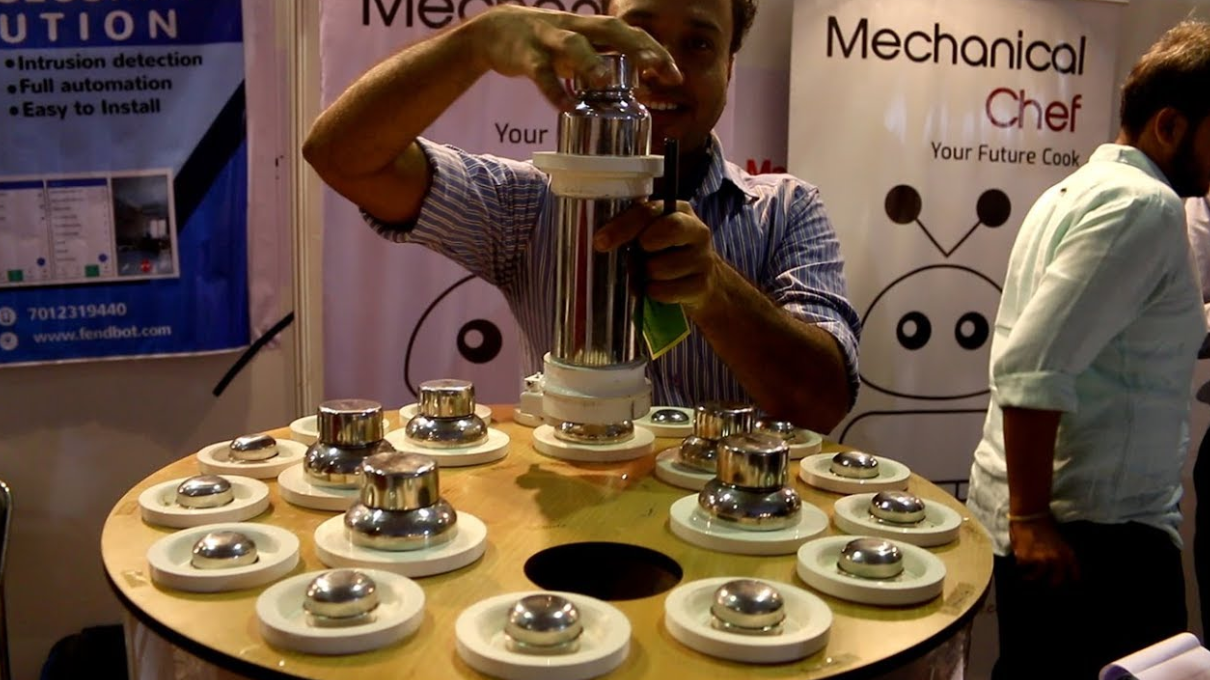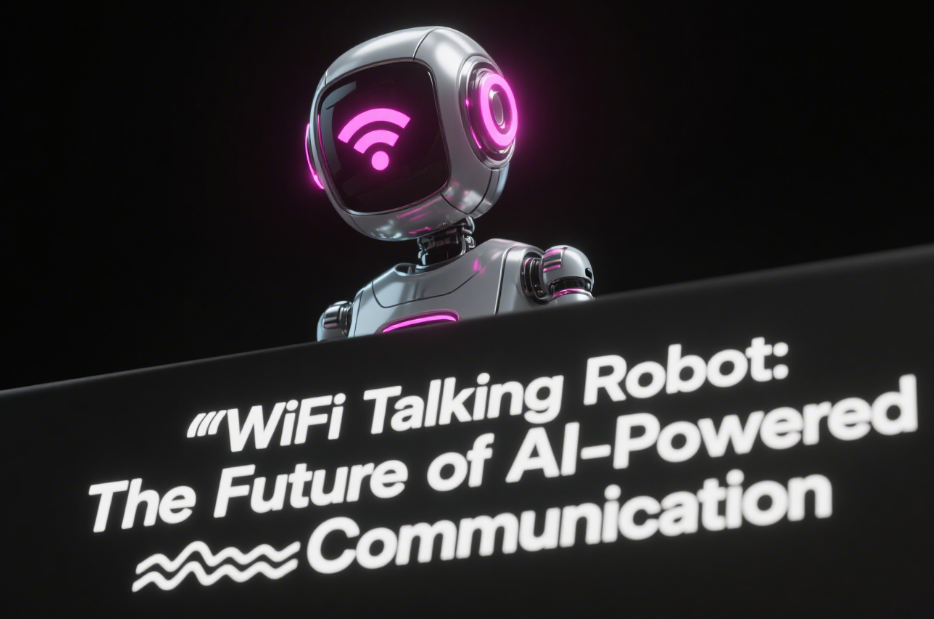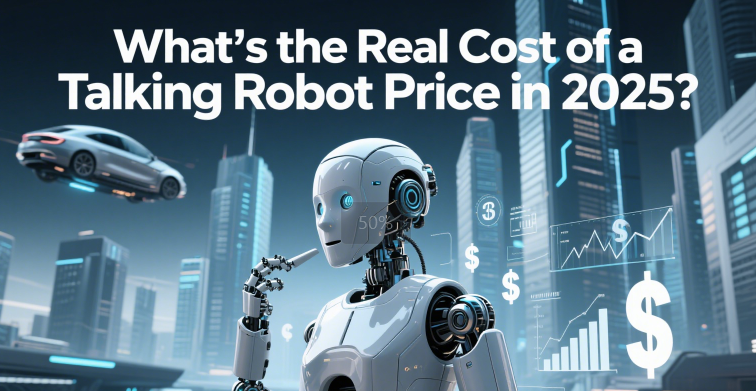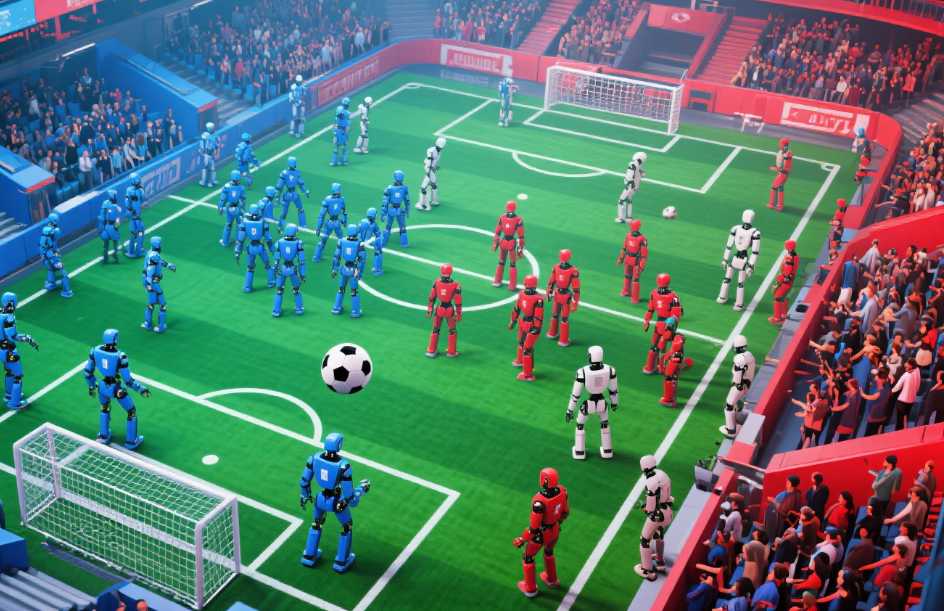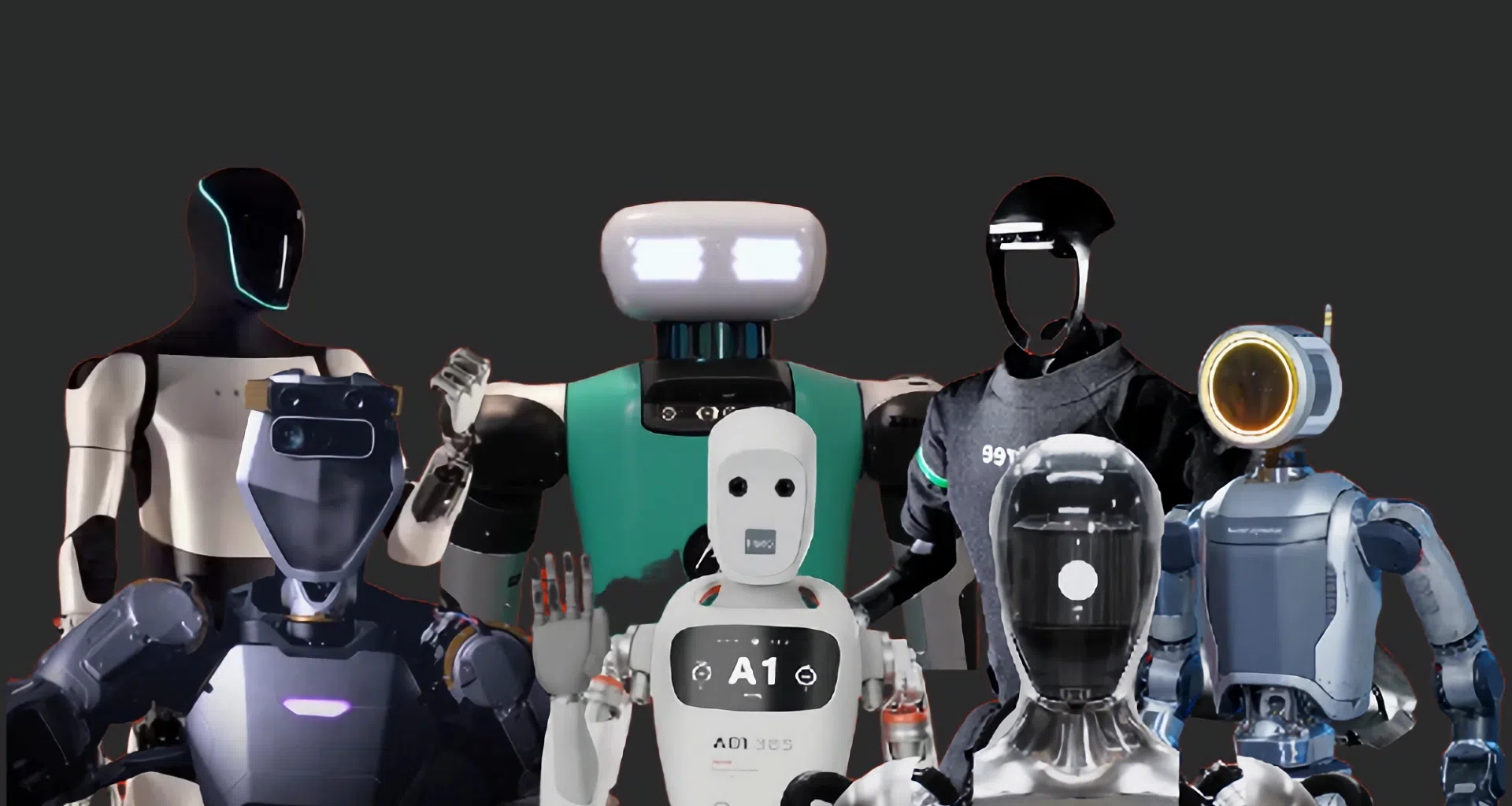Imagine walking into your kitchen and finding a tireless chef, capable of perfectly replicating gourmet recipes, cleaning up flawlessly, and never complaining. Sounds like science fiction? Think again. The Cooking Robot isn't just a futuristic fantasy – it exists today, chopping, frying, plating, and heralding a seismic shift in how we prepare food. This article dives deep into the real-world world of culinary robots, exploring the cutting-edge technology that powers them, the fascinating prototypes already at work in commercial and experimental settings, the significant hurdles still to overcome, and what a bot-boiled future means for home kitchens and restaurants worldwide. The age of the mechanical chef has begun.
Key Takeaways:
Cooking Robots exist today but remain expensive and specialized
Commercial models like Moley Robotics can prepare complex recipes autonomously
Restaurant chains already use robotic systems for consistent, high-volume cooking
Major challenges include cost, ingredient prep, and sensory perception
Home kitchen models may become affordable within 5-10 years
Beyond the Jetsons: Defining the Modern Cooking Robot
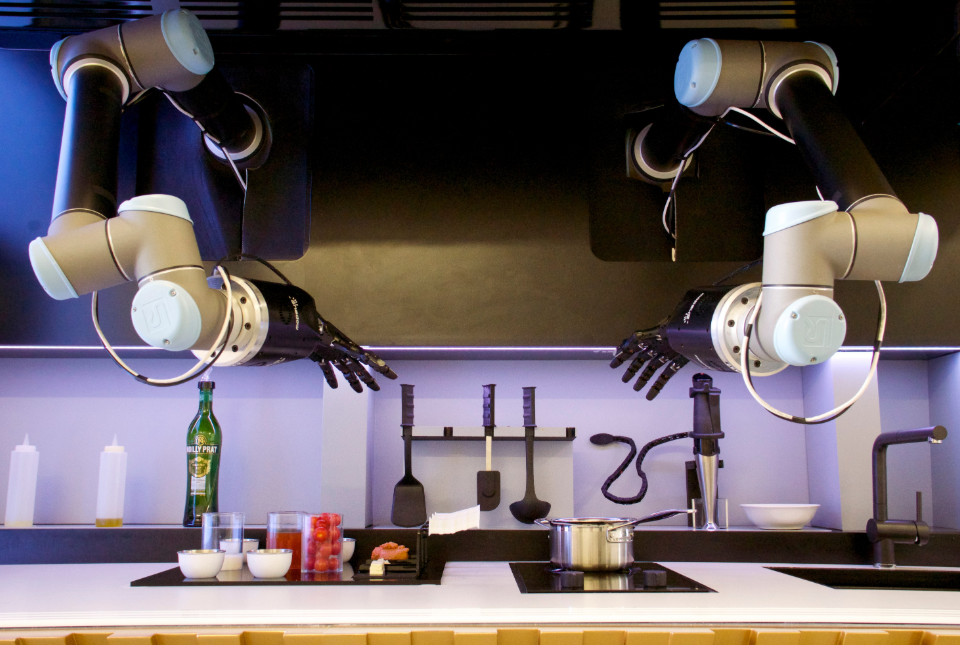
What exactly constitutes a Cooking Robot? It's more than just a smart appliance. At its core, a true Cooking Robot is an AI-integrated robotic system capable of performing multiple complex culinary tasks autonomously or semi-autonomously. This involves understanding recipes (either programmed or through machine learning), precisely manipulating kitchen utensils and ingredients (like knives, spatulas, pans), controlling heat sources accurately, monitoring cooking progress (often using computer vision), plating dishes aesthetically, and ideally, cleaning up afterwards.
Unlike single-function devices like bread makers or multi-cookers, Cooking Robot systems are multi-functional assistants aiming to replicate the diverse skill set of a human chef within the physical confines of a kitchen space. They represent the convergence of several advanced technologies:
Robotics: Precise mechanical manipulation of kitchen tools and ingredients
Artificial Intelligence: Recipe interpretation, decision-making, and learning
Computer Vision: Monitoring cooking progress and food quality
IoT Integration: Connecting with other smart kitchen devices
Yes, They Exist! Real-World Cooking Robot Pioneers
Contrary to popular belief, Cooking Robot systems are not confined to research labs or tech demos. Several companies have developed commercially viable or near-commercial systems pushing the boundaries:
Moley Robotics
The most renowned example, featuring two fully articulated robotic arms housed within a sleek kitchen counter. It can autonomously prepare complex multi-step recipes using real pots, pans, knives, and a hob/sink. Users select recipes via a touchscreen, and the robot executes them with remarkable precision. Currently targeting high-end residential and commercial markets.
Robotic Kitchen Systems
Companies like Spyce (acquired by Sweetgreen) pioneered robotic assembly lines specifically for restaurants. While not single "arms," these coordinated robotic modules handle tasks like ingredient dispensing, cooking (via induction heating), mixing, seasoning, and plating, drastically increasing consistency and speed for specific menu items.
Flippy by Miso Robotics
Primarily deployed in fast-food kitchens, Flippy specializes in automating back-end cooking tasks like flipping burgers on a griddle and operating deep fryers with speed and consistency unmatched by humans, especially in high-volume settings.
The Brains and Brawn: How Cooking Robot Systems Actually Work
The magic of a Cooking Robot lies in the seamless integration of several sophisticated technologies:
Robotic Manipulators
High-precision robotic arms equipped with advanced grippers (sometimes with articulated "fingers") to handle diverse tools – knives for delicate chopping, spatulas for flipping, tongs for grabbing, spoons for tasting/serving.
AI & Machine Learning (ML)
The "brains" of the operation. AI interprets recipes (understanding sequence, timing, quantities). ML allows robots to learn techniques over time, improve precision, and potentially adapt recipes based on sensor feedback. Computer vision monitors food browning, texture, and doneness.
Advanced Sensors
Force sensors ensure the robot doesn't crush an egg; temperature sensors monitor oil precisely; cameras track ingredient location, cooking progress, and potential hazards.
Integrated Kitchen Infrastructure
Robotic kitchens require specialized hardware: magnetic induction cooktops for precise location-based heating, utensil racks designed for robot access, specially designed sinks for autonomous cleaning, secure ingredient storage (fridges, dispensers).
Software & User Interface
Sophisticated control software orchestrates the robot's movements. User interfaces range from touchscreens for selecting pre-loaded recipes to future possibilities of voice commands or even uploading a video of a desired dish.
Technical Specifications Comparison
| Feature | Moley Robotics | Flippy 2 | Spyce System |
|---|---|---|---|
| Degrees of Freedom | 20 (per arm) | 6 | Varies by module |
| AI Capabilities | Recipe execution, adaptation | Task optimization | Ingredient combination |
| Current Applications | High-end residential | Fast food chains | Restaurant kitchens |
| Price Range | $500,000+ | $30,000 | $250,000+ |
The Cutting Edge: Innovations Driving Cooking Robot Evolution
The field is rapidly evolving beyond mere replication. Key innovations include:
Haptic Feedback & Dexterity
Robots are developing finer touch sensitivity to handle fragile ingredients like herbs or delicate pastry similarly to human hands.
Multimodal AI
Combining vision, sound, and even chemical sensors to understand cooking states more holistically – recognizing sizzle sounds, aroma profiles.
Generative AI for Culinary Creativity
Exploring AI that can generate novel, balanced recipes, potentially creating new flavor combinations based on cultural preferences or nutritional needs, then executing them physically.
Personalization Engines
Systems learning individual taste preferences (e.g., less salt, preferred spice level) and adapting recipes autonomously.
The Sizzle vs. The Steam: Current Challenges Facing Cooking Robot Adoption
Despite impressive advancements, several significant hurdles remain before every home has a robotic sous-chef:
Cost Prohibitions
High-end systems like Moley cost hundreds of thousands of dollars, putting them far out of reach for average consumers.
Complexity & Setup
Installation requires significant kitchen redesign and infrastructure integration.
Ingredient Prep Limitations
While improving, robots still struggle with highly variable, unprepared ingredients (e.g., peeling irregularly shaped vegetables, deveining shrimp, handling unexpectedly tough meat). Most systems rely on pre-prepped ingredients.
Sensory Perception Gap
Replicating the nuanced taste, smell, and tactile judgments of a seasoned chef in real-time remains incredibly challenging.
Generalization vs. Specialization
Many successful systems are specialized (e.g., Flippy for burgers). Creating a truly general-purpose home chef robot capable of handling any cuisine or technique is orders of magnitude harder.
Maintenance & Reliability
Complex moving parts require specialized maintenance, and downtime can be costly.
The Future Kitchen: Where Cooking Robot Tech is Headed
The trajectory points towards increased accessibility and capability:
Price Reduction
Like how AIBO Redefined Robotic Companionship Forever, advances in components (especially sensors and computing power) and economies of scale will gradually bring prices down.
Modular Designs
Instead of monolithic systems, kitchens might integrate modular robotic components – a dedicated robotic arm station, an automated smart oven, a self-cleaning counter module.
Enhanced Sensory Integration
Advances in olfactory and gustatory sensors will allow robots to better judge seasoning and doneness.
Cloud-Based Recipe Sharing
Platforms where users download recipes created by top chefs or AI, executed perfectly by their home robot.
Focus on Niche Applications
Wider adoption in specific areas first: eldercare (nutrition management), busy professionals (healthier meals), specialized diets (allergy-safe preparation), high-turnover restaurants (back-of-house consistency).
The "Kitchen OS" Concept
A unifying operating system coordinating multiple smart appliances and potentially simpler robotic modules under a single AI brain.
FAQs: Your Burning Cooking Robot Questions Answered
Q: Can I buy a home Cooking Robot like Moley right now?
A: Yes, technically. Moley offers a fully automated kitchen. However, it is currently very expensive (over $500k+) and requires a significant kitchen remodel. It's primarily targeted at luxury homes and commercial developers/restaurants rather than the mass consumer market. Affordable home versions suitable for average kitchens are still several years away.
Q: Do Cooking Robot systems clean up after themselves?
A: The most advanced systems, like the Moley kitchen, are designed with integrated sinks and cleaning cycles. The robotic arms can place used utensils and cookware into dishwashers. However, the *thoroughness* compared to meticulous human cleaning, especially for burnt-on residue or delicate surfaces, can still vary. "Cleaning up" often means putting things in the dishwasher autonomously, not necessarily scrubbing pots by hand.
Q: Can a Cooking Robot learn to cook my grandmother's secret recipe?
A: This is a frontier area. Currently, robots primarily execute pre-programmed recipes inputted via software. Advanced systems using computer vision *might* be able to learn a recipe by watching it being prepared, but this requires sophisticated cameras, AI interpretation, and likely significant human verification and programming adjustment. Directly learning a complex, nuanced family recipe with imprecise instructions ("a pinch of this," "cook until it feels right") perfectly is beyond current capabilities, although generative AI combined with robotic execution points towards this future potential.
Q: Will Cooking Robots replace chefs?
A: Not entirely, but they will redefine roles. Just as industrial robots didn't eliminate manufacturing jobs but changed them, culinary robots will likely automate repetitive, precise, or hazardous tasks (deep frying, high-volume basic prep) in commercial settings. This could free up human chefs for higher-level creative tasks, menu design, complex problem-solving, and providing hospitality – areas where human creativity, empathy, and intuition excel. Fine dining will likely remain a human-led domain for the foreseeable future.
The Final Simmer: Are Cooking Robots Ready for Your Kitchen?
The unequivocal answer is yes – the Cooking Robot undeniably exists. Systems like Moley Robotics stand as extraordinary proof of concept, performing tasks that seemed like pure fantasy a decade ago. However, while the technology *exists*, its *widespread accessibility and seamless integration* into average homes remain on the horizon. Cost, complexity, and the sheer challenge of replicating the full spectrum of human culinary intelligence are significant barriers. Today, they are marvels of engineering finding initial footholds in high-end and niche markets. But the trajectory is clear. As sensor technology, AI, and robotics continue their exponential advancements, driven by the same forces revolutionizing fields from companion robots to autonomous vehicles, the dream of a reliable, versatile robotic chef becoming a common appliance becomes increasingly plausible. The kitchen of the future isn't merely being imagined; it's being programmed, one perfectly executed recipe at a time.

